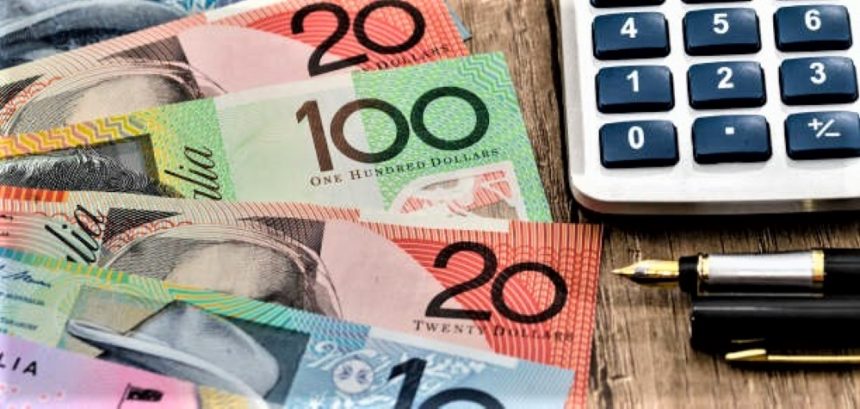AUDUSD currency pair is still unable to establish any real momentum.
On Monday, the AUDUSD pair continues its second day of sideways consolidation. And seesaws between modest gains and losses near the 0.6400 level throughout the Asian session. Spot prices, on the other hand, show no reaction to the People’s Bank of China (PBoC) rate drop. And are still very close to the lowest level seen since November 2022, which was reached last week.
The 10 bps rate drop by the PBoC does not excite bulls or give the pair any momentum.
China’s central bank actually reduced the one-year Loan Prime Rate (LPR) by 10 basis points (bps). Rather than the 15 bps anticipated. 3.45% instead than the prior 3.55%. Furthermore, despite concerns about a worsening crisis in China’s real estate market. The PBoC maintains the five-year LPRs at 4.20%. The Australian Dollar (AUDUSD) is negatively impacted by this. As well as worries over the second-largest economy in the world’s deteriorating economic conditions.
The USD is still supported by hawkish Fed predictions, which also help with capital gains.
The poor Australian jobs report that was announced last Thursday also supported the Reserve Bank of Australia’s (RBA) decision to keep interest rates on hold in September. The AUDUSD pair is further capped by the underlying positive sentiment surrounding the US Dollar (USD). In reality, amid hawkish Federal Reserve (Fed) predictions, the USD Index (DXY), which measures the value of the US dollar against a basket of currencies, maintains stability close to its highest level since July 12.
It’s important to remember the policymakers continued to emphasize the fight against inflation and left the door open for one more 25 bps lift-off before the end of this year, according to the minutes of the July 25–26 FOMC meeting. This continues to be favorable for high US Treasury bond rates, which strengthen the US dollar and put some pressure on the AUDUSD pair. However, traders don’t seem eager to place further pessimistic wagers before the Jackson Hole Symposium later this week.
But given the aforementioned underlying landscape, it appears that spot price declines are the course of least resistance. In the absence of any substantial market movement, every attempt at recovery may therefore still be perceived as a selling opportunity and peter out relatively fast.-US economic news releases








